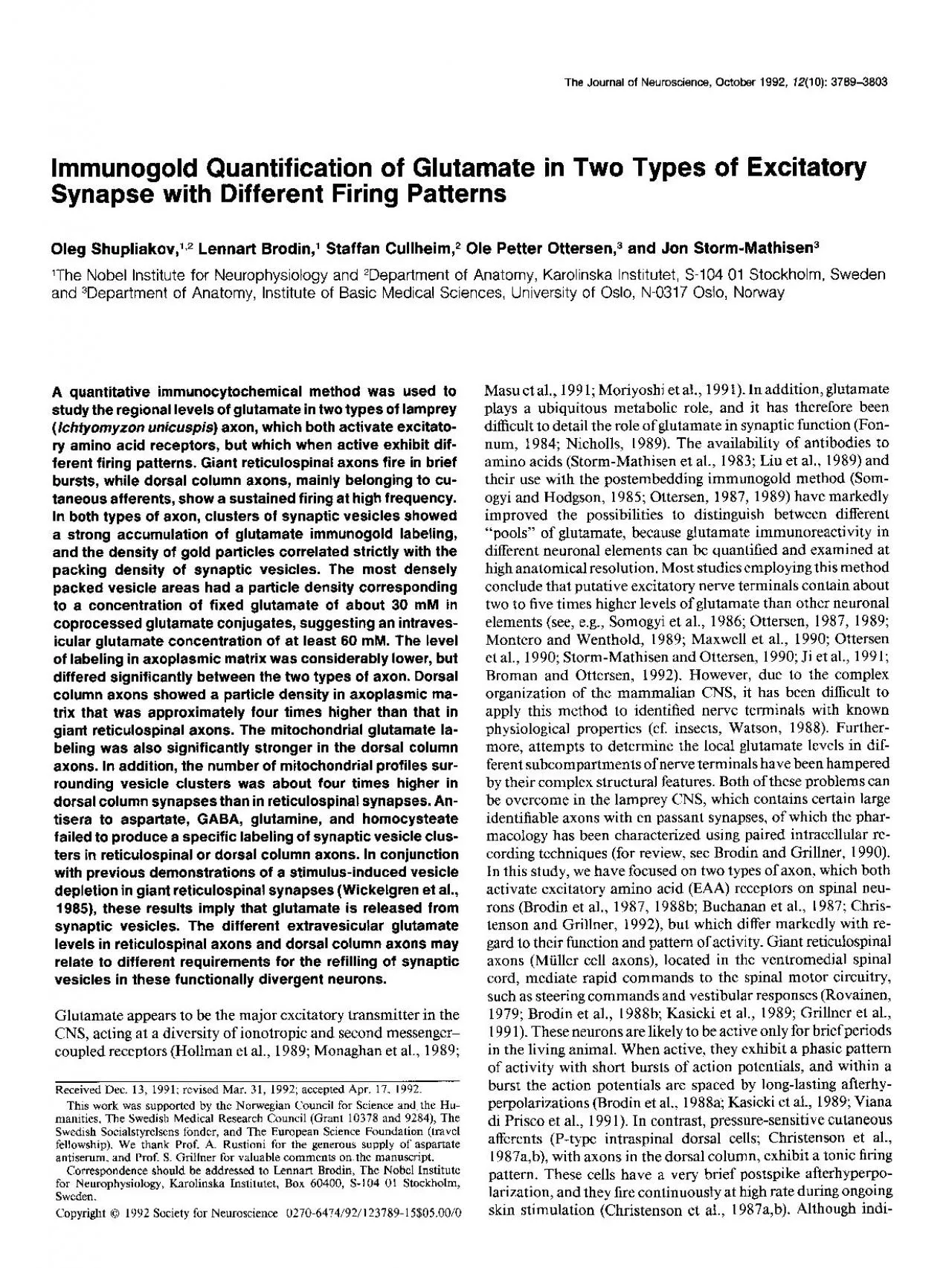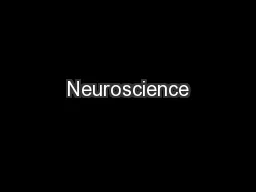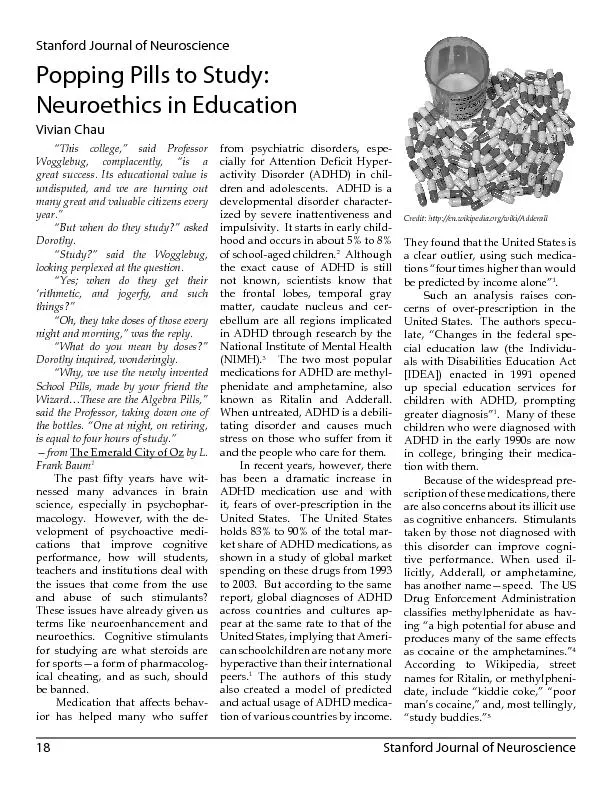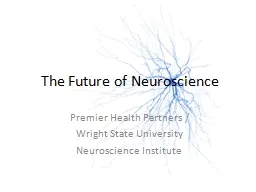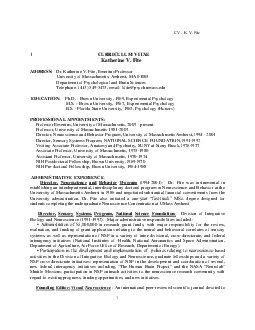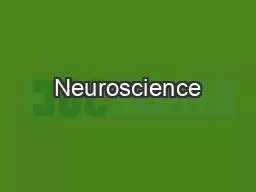PDF-The Journal of Neuroscience October 1992 7210 37893803
Author : eddey | Published Date : 2022-10-12
lmmunogold Quantification of Glutamate in Two Types of Excitatory Synapse with Different Firing Patterns Oleg Shupliakov I Lennart Brodin146 Staffan Cullheim Ole
Presentation Embed Code
Download Presentation
Download Presentation The PPT/PDF document "The Journal of Neuroscience October 1992..." is the property of its rightful owner. Permission is granted to download and print the materials on this website for personal, non-commercial use only, and to display it on your personal computer provided you do not modify the materials and that you retain all copyright notices contained in the materials. By downloading content from our website, you accept the terms of this agreement.
The Journal of Neuroscience October 1992 7210 37893803: Transcript
Download Rules Of Document
"The Journal of Neuroscience October 1992 7210 37893803"The content belongs to its owner. You may download and print it for personal use, without modification, and keep all copyright notices. By downloading, you agree to these terms.
Related Documents

